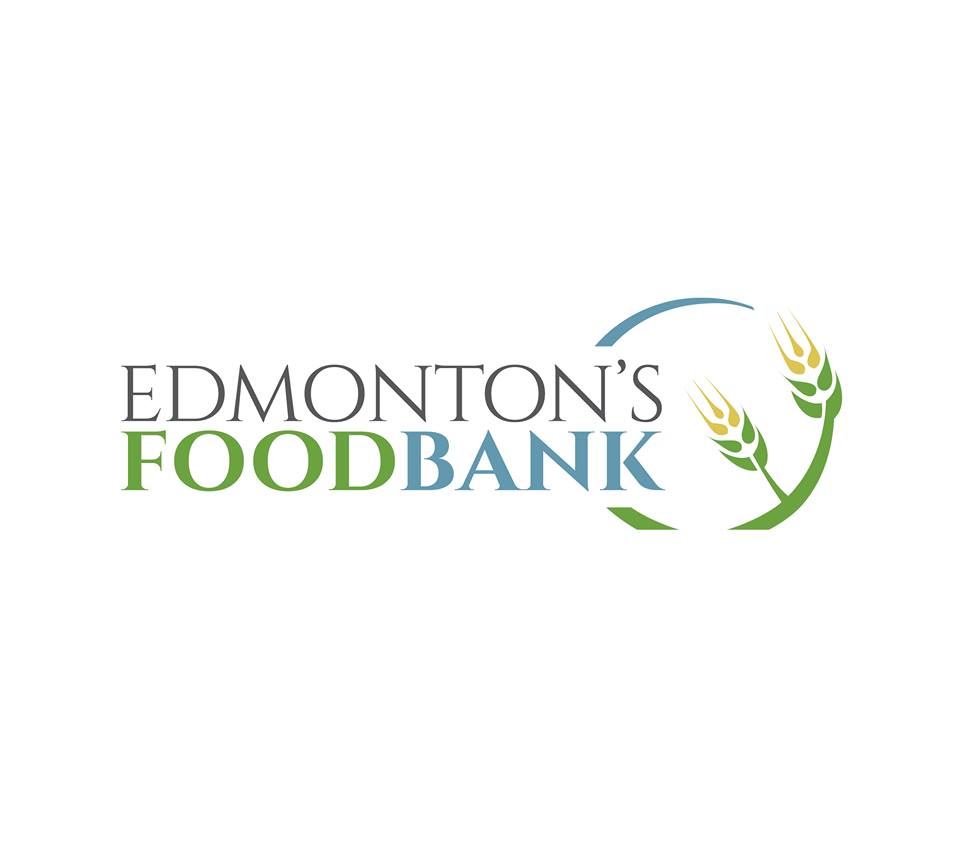Canada News
Canadian food banks fear perfect storm from rising fresh food prices

Edmonton Food Bank.
(Facebook photo)
MONTREAL—Canadian food banks hope that the pinch they’re feeling from rising food prices isn’t snowballing into a full-fledged crisis.
While each agency has unique circumstances, many say higher prices during the peak winter period are limiting how much food they can purchase and having an impact on donations while also spurring a greater demand for their services.
“The difficult thing for any food bank is trying to prepare for the year ahead and what might happen in a situation like that,” said Michael Maidment, executive director of the Ottawa Food Bank.
Fresh produce prices began to surge after Christmas as adverse weather in U.S. growing regions and a weaker Canadian dollar caused the cost of imports to soar. Some food banks shifted what they handed out, turning more to canned and frozen goods. Most tried to access locally grown produce, particularly root vegetables.
But Maidment said vegetable vendors have warned to expect higher prices for those items too due to the greater demand.
A case in point—the price of Ontario-grown carrots, a common replacement for higher priced alternatives, has surged 18 per cent in two weeks, Maidment said.
That will put a strain on his food bank’s $50,000 fresh produce budget, which is designed provide enough food for spring, when the facility begins to grow its own vegetables with the help of volunteers.
“We expected the price would increase after the Canadian stock was depleted and then we were importing … but we’ve obviously seen it much sooner than that.”
That’s not good news for the head of the Edmonton Food Bank, who has delayed putting in an order for carrots because the total bill has doubled—right when there are more mouths to feed.
The economic downturn in Alberta due to the global oil price plunge has resulted in a whopping 60 per cent increase in the number of people turning to the food bank—19,000 people used the Edmonton facility in December, many of whom have lost their jobs in recent months.
“When the economy is tight and people are losing their jobs, it’s not a good scenario when costs of some very basic things like nutritional food go up,” Marjorie Bencz said in an interview.
She expects the challenges will only worsen with more children, seniors, working poor and scores of new refugee families arriving weekly.
The food bank relies heavily on donations, but it’s now seeing less produce coming in from grocery stores due to the high costs—the stores themselves are being more judicious about their purchases of fresh produce from the U.S. amid climbing prices and the low loonie.
Montreal’s Moisson food bank says donations of fresh fruit and vegetables in the last month were five times lower than normal as wholesalers and food chains struggle to find affordable produce. Quality has also suffered, said executive director Julie Bourbonniere.
It’s all happening as high food prices drive more and more people to its 250 local food bank partners.
“January just hit us like a ton of bricks,” she said.
With prices so unstable, wholesalers won’t even quote prices until shortly before delivery, says Toronto’s Daily Bread Food Bank.
“We’ve been told we’re going to pay more so it’s going to affect us,” said executive director Gail Nyberg.
The food bank said it didn’t meet its Christmas donation campaign goal for the first time in five years as food donations fell by one-third.
“Even people buying food to donate to the food bank are feeling the pinch,” she said.
Canada’s 800 food banks distribute 200 million pounds of food annually to more than 850,000 Canadians, said Food Banks Canada. Since the 2008 recession, food bank use has increased 26 per cent.





















